This article is a continuation of a seven part series on the Innovation Accelerator 2019.
Part 1 Accelerator Architecture: A Scalable and Sustainable Operating Model for Innovation
Part 2 Enterprise Innovation in a World of Creative Destruction
Creativity is Design
The Accelerator makes full use of design thinking to develop creative capabilities in innovation teams. Design thinking helps shift to a creative mindset by applying the following approaches:
- Mindful of Process
- Human-Centered
- Cross-Group Radical Collaboration
- Bias Toward Action
- Culture of Prototyping
- Creating Clarity from Complexity
- Show Don’t Tell
Design thinking mindsets drive the design flow in such a way similar to an artistic process. Positive psychology has described the flow a creative experiences when immersed in the creation process. Design thinking provides a framework for achieving this flow state not exclusively for individuals but entire teams. Design thinking helps build trust by taking an inclusive approach to process, managing risks by prototyping often and developing a culture of radical collaboration.
Design thinking is a human-centered approach to innovation that draws from the designer’s toolkit to integrate the needs of people, the possibilities of technology, and the requirements for business success. – Tim Brown, IDEO CEO
Innovation Team Mindsets

The following are some mindsets that are practiced by innovation teams using the Accelerator Framework:
Immersion – Immersion empowers the designer to enter the user’s world to develop empathy and gain insights to better develop a point-of-view for design.
Reframing – Reframing is a powerful technique for developing new perspectives to designing a problem that leads to breakthrough innovations.
Creative Storming – Creative storming is brainstorming done right. Keep a beginner’s mind, challenging assumptions and making meaningful connections are some of the ways creative storming enhances ideation for solving a point-of-view or problem statement.
Visual Thinking – The connection between hand and brain cannot be underestimated nor underutilized. Drawing ideas or entire experiences can accelerate ideation and increasing the content of creative storming.
Prototyping – Prototyping is the way designers learn quickly. A prototype allows a designer to build to think. It also enables experimentation and managing risks.
Meditation – The mindsets in design thinking are meditative to reach the flow state. With practice, they become internalized and reaching the flow becomes easier as an individual and as a team. In the flow state, creative production increases and improves in quality.
Ying and Yang of Divergent and Convergent Design
Design teams going thru the Accelerator flow experience the power of divergent and convergent thinking to produce novel concepts that would otherwise not be reachable using traditional analytical methods. Exercising both left and right brain processing creates connections between ideas, insights and data. With divergence, the team fans out, explores all the possibilities. Convergence brings the process back in by developing shape to ideas to proceed forward with a compelling point-of-view. The flow can actually be cyclical and non-linear in nature, in fact.
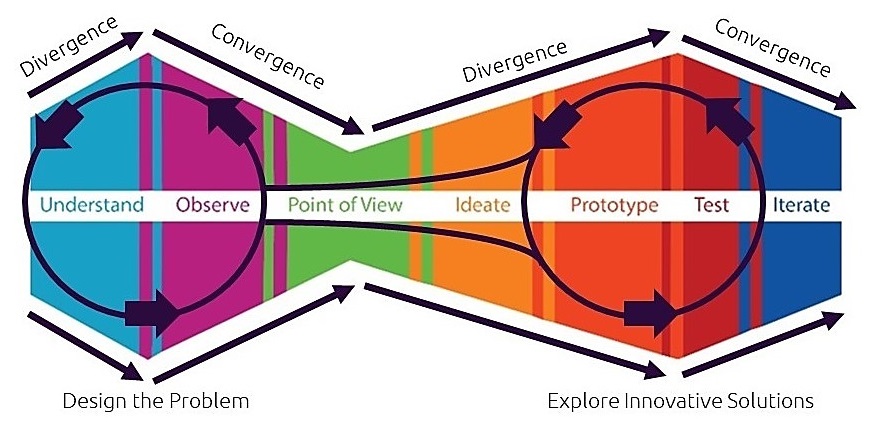
One divergence-convergence cycle is dedicated to designing the problem. The typical approach is to start by designing the solution. But this prematurely limits the potential for design. Design thinking begins with immersion to understand the space to explore. To see with new eyes. To throw aside all preconceived assumptions. In this phase of the flow the following states are achieved:
- Understand – Build empathy through immersive experiences.
- Observe – Identify deep insights and hidden needs.
- Point of View – State the nature of the problem or envisioning of new reality and concept to be developed.
The second major divergence-convergence cycle is focused on exploring innovative solutions through experimentation and prototyping. The team flourishes with creativity in generating ideas for how to solve the problem or realize the new reality. To create new meaning. To produce new experiences that will deliver unprecedented value. The states in this phase of the flow can be described as follows;
- Ideate – Generate ideas via creative storming and identification of patterns that address the Point of View.
- Prototype – Perform tangible experimentation implementing selected ideas. Build to think.
- Test – Deploy prototype and gather feedback.
- Iterate – Refine the prototype based on feedback.
As illustrated in the flow above, it is entirely possible for the flow to jump back to the first phase to perhaps refine the Point of View based on prototyping.
Power of Positive Psychology in Design
In the challenging environments of modern enterprises, individuals seek ways to get engaged, make a difference and benefit from meaningful experiences. The repetitive nature of many workforce activities can seem to be a hindrance to professional growth and a rewarding job experience. By democratizing design in the enterprise, the potential for each person to become an integral part of the innovation process is significant. Simply considering the value generation differential across the enterprise should provide executive management with impetus to find ways to create a culture of design.
In his book, Flow: The Psychology of the Optimal Experience, Mihaly Csikszentmihalyi describes a flow state where an individual becomes immersed in a creative and intellectual activity that leads to a satisfying enjoyment especially when feedback becomes available that indicates a leveling-up of some capability or the production of something great. It is common to associate this flow state with artistic experiences, perhaps the composition of a new piece of music or the painting of an impressionistic acrylic painting. But, this flow state can be directly applied to innovation. And applied not only on an individual basis, but entire innovation teams. Csikszentmihalyi’s other work, Creativity, explores this more indepthly.
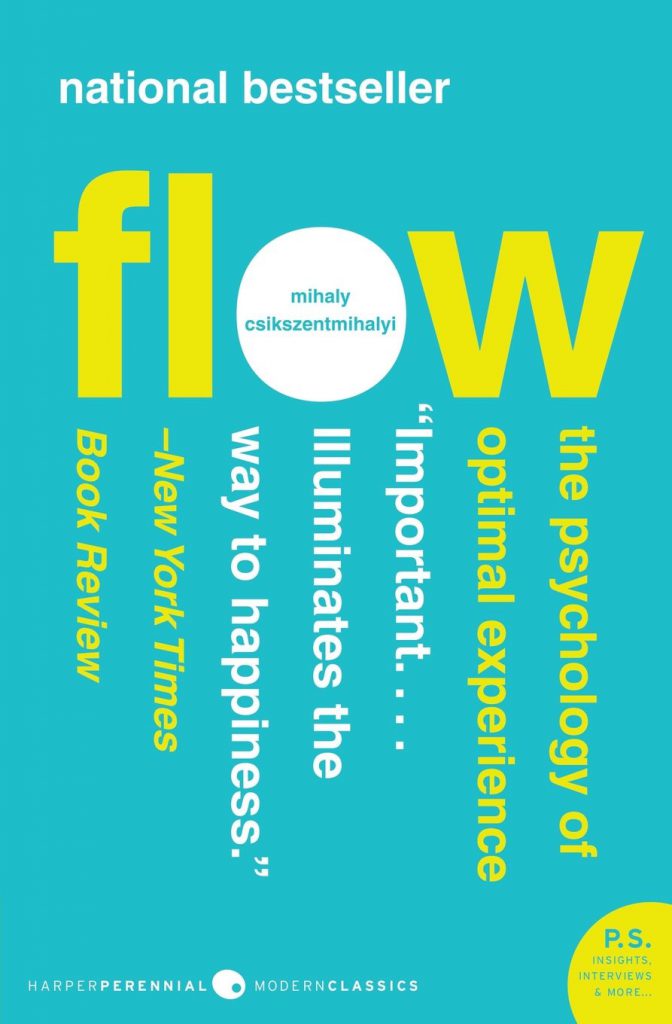
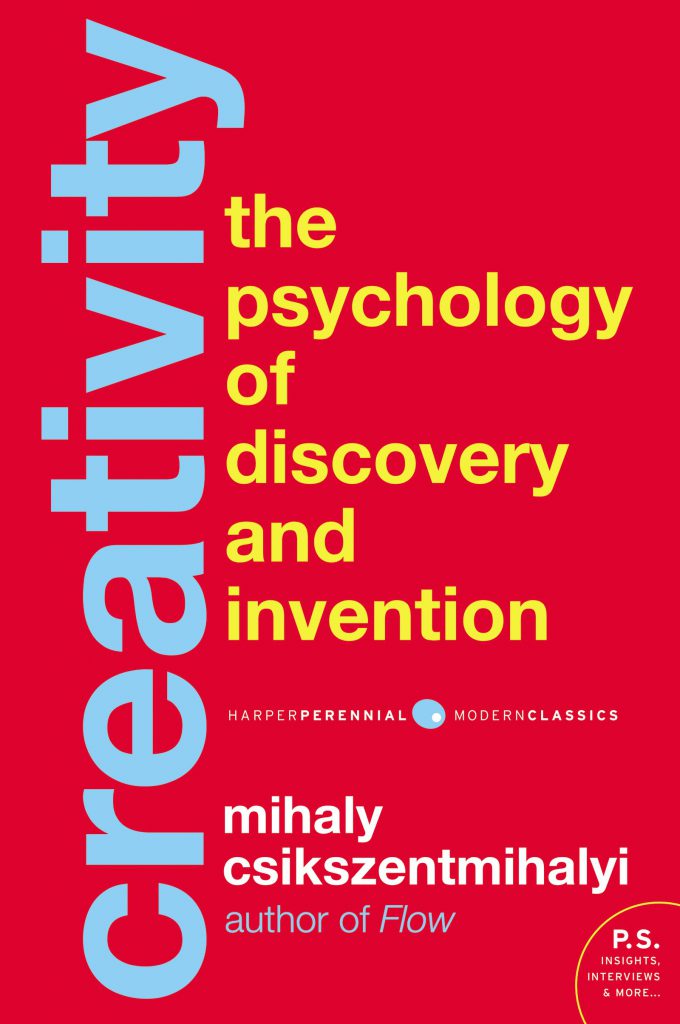
Consider again, the design thinking flow illustrated above. It is easy to see how the flow state can be achieved through the mindful creative phases and feedback mechanisms inherent in the design thinking dynamic. Immersion launches the team into full engagement seeking new understanding and deep insights. This experience provides the first indication of leveling-up with the identification of surprising knowledge that then drives the ideation, prototyping and feedback phase. Seeing tangible results or artifacts based on the initial phase Point of View amplifies the flow state via the feedback mechanism. It is when the innovation team starts to realize they are creating something great and they might just change the world.
Geographic Links and Building Trust
One of the most paramount challenges to collaboration for innovation is bringing together the right set of diverse perspectives, experience and individuals. Often it is the case that these potential innovation team members are spread throughout the globe. This separation creates an artificial barrier to high-impact innovation. Knowledge in one geography may deliver breakthrough insights when combined with the data of another location. This recombinant organization of data transported through the creation of geographic links is a key factor for the generation of economic value. Distributed innovation teams become masters at harnessing the power of these geographic links in innovation processes.
In fact, with the imperative to raise the levels of innovation ever higher, enterprises are driven to produce more complex products and services to deliver greater value. These complex creations often involve the marshaling of information across geographies and organization across innovation teams. In his book, Why Information Grows, Cesar Hidalgo illuminates how the establishment of these links serve to reduce entropy toward increasing efficiency to produce complex products and services. The “firm” is a progenitor of the distributed networks that now function to reduce interaction costs in the modern economy. However, the “firm” was focused on shifting transaction overhead whereas the distributed network is motivated by increasing velocity. When performing recombinant ideation over these distributed network information layers, enterprises can gain a significant innovation advantage over businesses that still operate in silos.
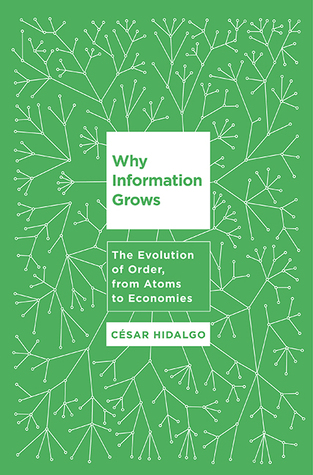
Another key factor Hidalgo addresses is the building of trust across these links. Introducing design thinking as a form of shorthand for distributed team members helps to establish a common mental model for creativity and thus, the development of trust. As innovation flows are executed, the trust increases and distributed teams gain confidence and eventually learn to reach the flow state. The trust built through design thinking helps to sustain these key links necessary for more sophisticated innovation capabilities.
Integrating Distributed Know-How
Integrating distributed know-how over network links is a core capability for innovation teams. The know-how that may be located around the world may be the key component to spark a novel concept or approach in the design thinking flow. Radical collaboration is amplified with the integration of distributed know-how. This know-how becomes the recombinant raw material by which layers of information can be organized to produce highly innovative products and services.
One important aspect of distributed know-how is to realize that this information does not necessarily need to reside within the boundaries of the enterprise. Customers, power-users and open innovation communities can also be sources for distributed know-how that feeds into the design thinking flow. For example, power users of a given product may provide key insights for enhancing a product or service based on their daily usage. These power users may, in fact, be the inspiration for entirely new product lines or services.
In the book Democratizing Innovation, Eric von Hippel discusses the impact these power users can have to create highly personalized forms of innovative products and services. These power users freely share their needs on how to improve an existing product or service but also share ideas and insights for new innovations as well. The key ingredient that makes power user insight so powerful is the daily immersion in a given space that serves as a basis for identifying surprising insights.
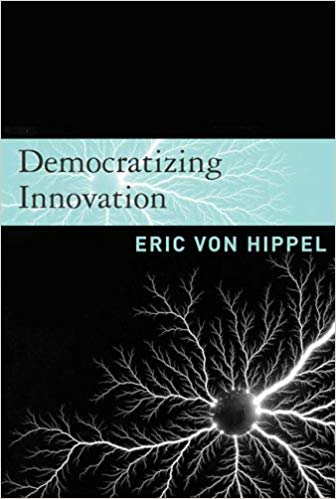
Bringing in these distributed team members and power users together form a rich ecosystem from which high-impact innovation can be realized. With links and trust in place, the integration of distributed know-how in innovation processes can accelerate enterprise innovation to unprecedented levels. Enterprises that realize the democratization of innovation and standardization of the integration of distributed know-how produce significant business advantages will be the first to adopt this new operating model for innovation. These enterprises will be far superior in speed, creativity and innovation to those companies that only know how to perform innovation theater.
In fact, megatrends indicate that we are rapidly approaching an inflection point for enterprise innovation. Bill O’Connor, founder of the Autodesk Innovation Genome Project, a 10-year research project studying the entire history of human innovation, has stated, “I think we are on the cusp of an inflection point for corporate innovation. Powerful forces at work are creating what I believe will be an explosion of corporate innovation, as these large companies create their own brand of innovation and challenge the world’s startups for supremacy in the realm of bringing new things to the world.” Will your enterprise be ready?
Flow Engine for Distributed Innovation Teams
The Accelerator Flow Engine has been designed to power enterprise innovation for distributed teams. Taking a cloud-first approach, the Flow Engine enables the linkage necessary to integrate distributed know-how from geographically dispersed team members, power users and open innovation communities.
The Flow Engine uses a Kanban-style visual interface to manage design thinking flows for innovation teams. Together with Accelerator Mobile, innovation teams can access information on design thinking flow activities as they execute their respective tasks. This provides a platform for team-based innovation that incorporates the design thinking artifacts in the Accelerator Framework to sustain the mental model for co-creation.
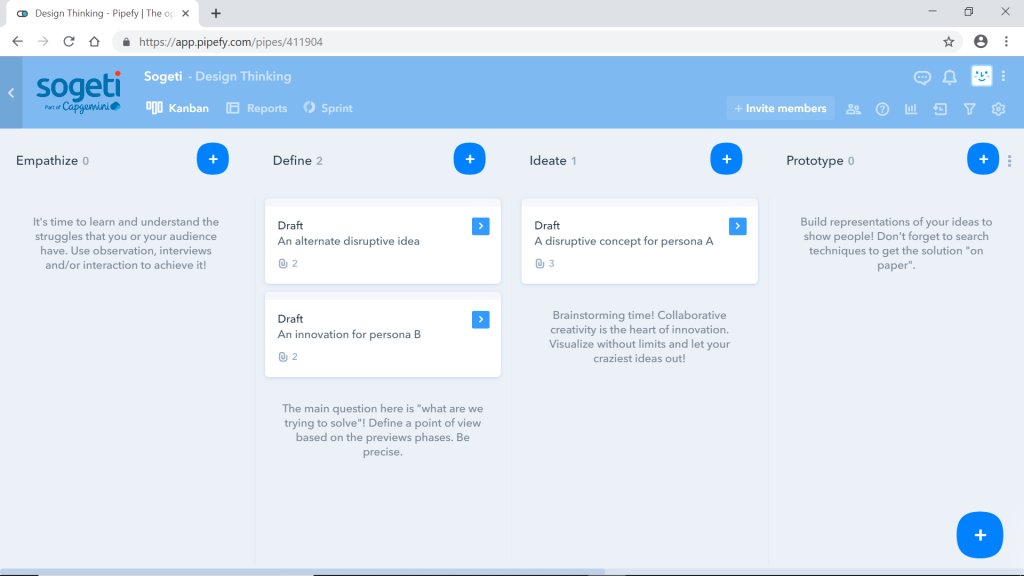
The Flow Engine enables the following:
- Design thinking flow automation and integration support
- Radical collaboration for distributed innovation teams
- Incorporating power users, communities in the design flow
- Sharing of design thinking artifacts in execution context
- Integrating system linkages
- Development of trust relationships
- High-velocity team-based learning and experimentation
The design thinking flow activities and metadata are surfaced in the Accelerator Mobile application for easy access by innovation team members. As the design thinking flow moves along, team members can use Accelerator Mobile to see team progress as well as their individual assigned activities. The ease-of-use and immediacy promotes high-velocity innovation and collaboration on-the-go, anywhere, anytime. Together, Accelerator Mobile and Flow Engine provide a powerful platform for creative production flows for distributed innovation teams.
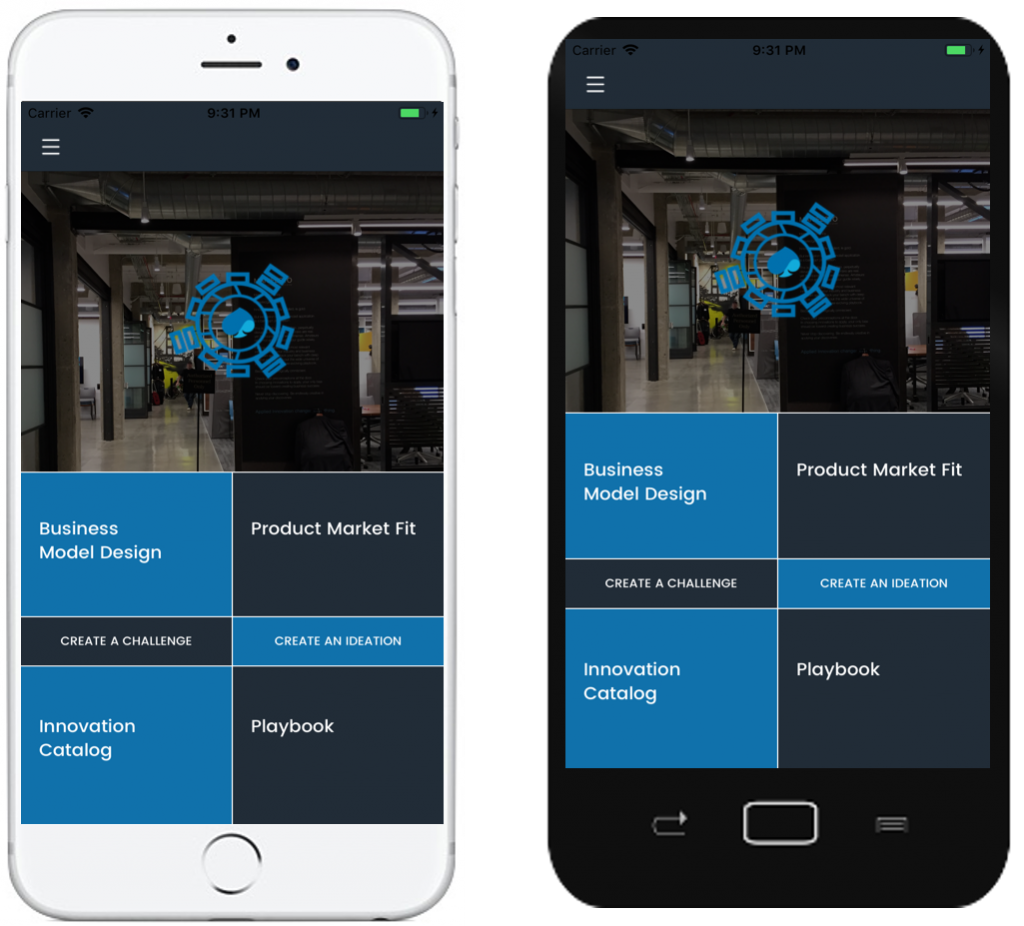
The following article in this series will provide a closer look at how innovation teams use the Innovation Management component of the Accelerator Framework. Essentially, the article will answer the question, How do innovation teams distinguish an idea from an opportunity?
If you’d like to learn more about how the Accelerator can help your enterprise innovation initiatives or would like to see a demo, please contact sergio.compean@us.sogeti.com. You will receive a link to download a copy of the Innovation Accelerator 2019 Playbook.

 English | EN
English | EN 
